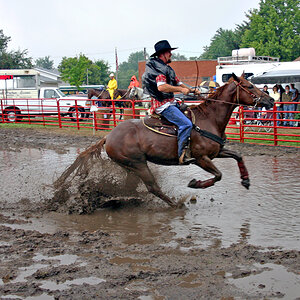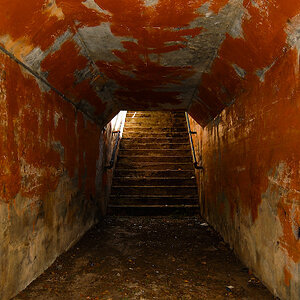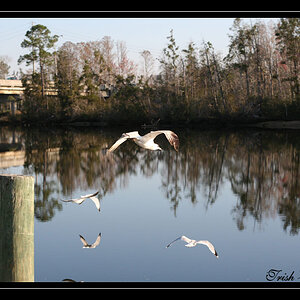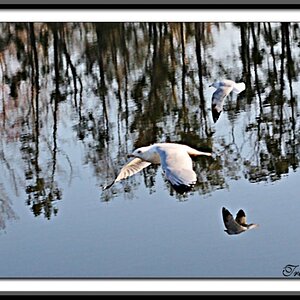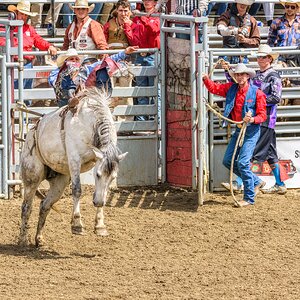Garbz
No longer a newbie, moving up!
- Joined
- Oct 26, 2003
- Messages
- 9,713
- Reaction score
- 203
- Location
- Brisbane, Australia
- Website
- www.auer.garbz.com
- Can others edit my Photos
- Photos NOT OK to edit
I'm about to take a proper step into digital photography and buy my first decent DSLR. That isn't to say I'm quitting film. I'll be using my old Nikon FE for many years to come. I was looking around various cameras by Olympus pentax canon and Nikon and it seems the Nikon D200 fits my needs pretty well.
I do have a question on the build quality of this camera for any owners out there. I had the chance to hold various cameras the other day and chose the D200 over the EOS-400D and D100 because it seemed like a durable camera. As I am not the type to constantly upgrade to stay on the latest of technological advancements, and I am not very kind to my cameras. My FE has been dropped several times, and dad even let it go off the first floor of a building once and after minor repair to the mirror mechanism it still works.
How rugged is the D200? I am especially interested in any opinions from people who take it out into the snow, or into the desert. I live in the tropics in australia but constantly travel to europe. The camera will get constantly knocked about and more than likely dropped on occasion Any survival stories?
Any survival stories?
I do have a question on the build quality of this camera for any owners out there. I had the chance to hold various cameras the other day and chose the D200 over the EOS-400D and D100 because it seemed like a durable camera. As I am not the type to constantly upgrade to stay on the latest of technological advancements, and I am not very kind to my cameras. My FE has been dropped several times, and dad even let it go off the first floor of a building once and after minor repair to the mirror mechanism it still works.
How rugged is the D200? I am especially interested in any opinions from people who take it out into the snow, or into the desert. I live in the tropics in australia but constantly travel to europe. The camera will get constantly knocked about and more than likely dropped on occasion



